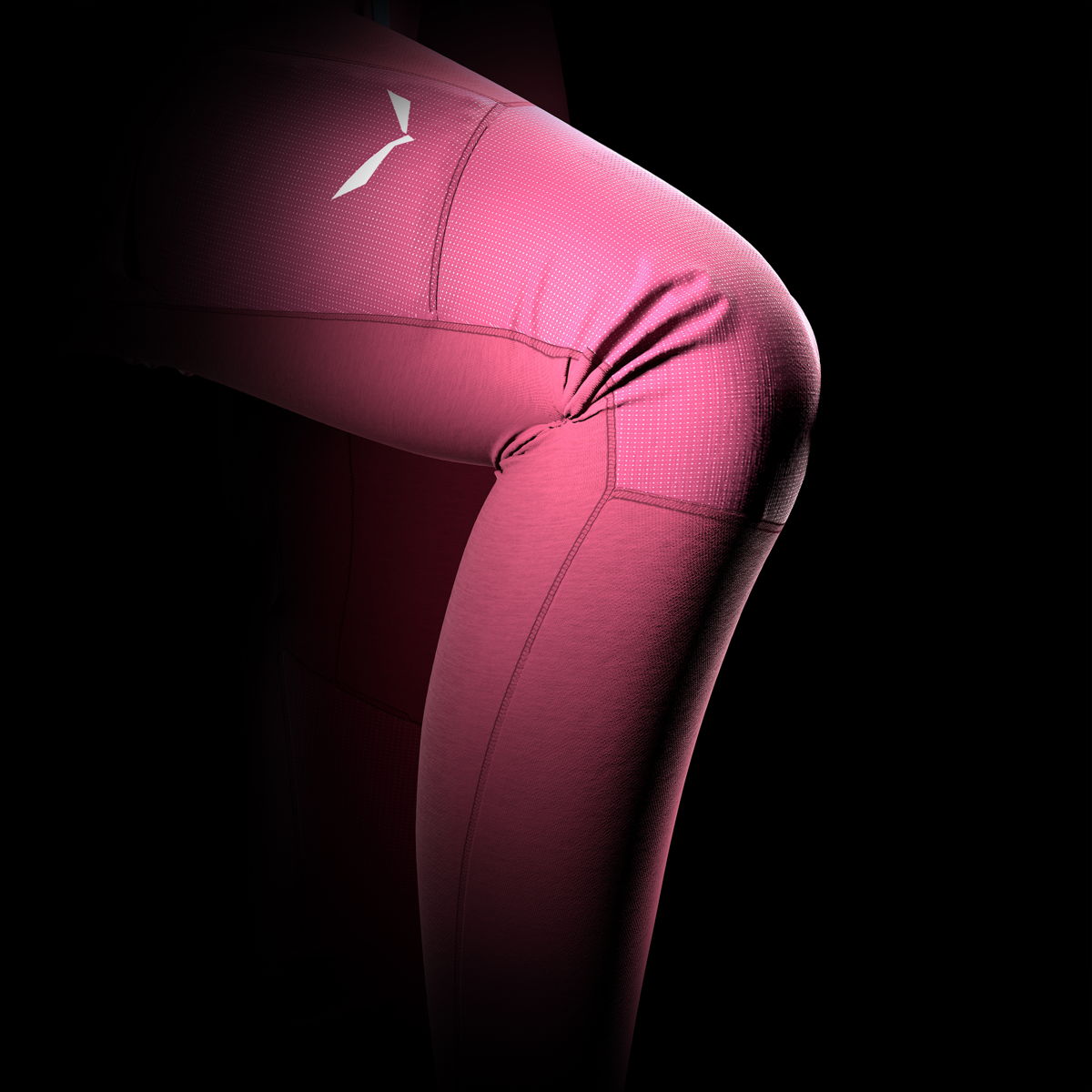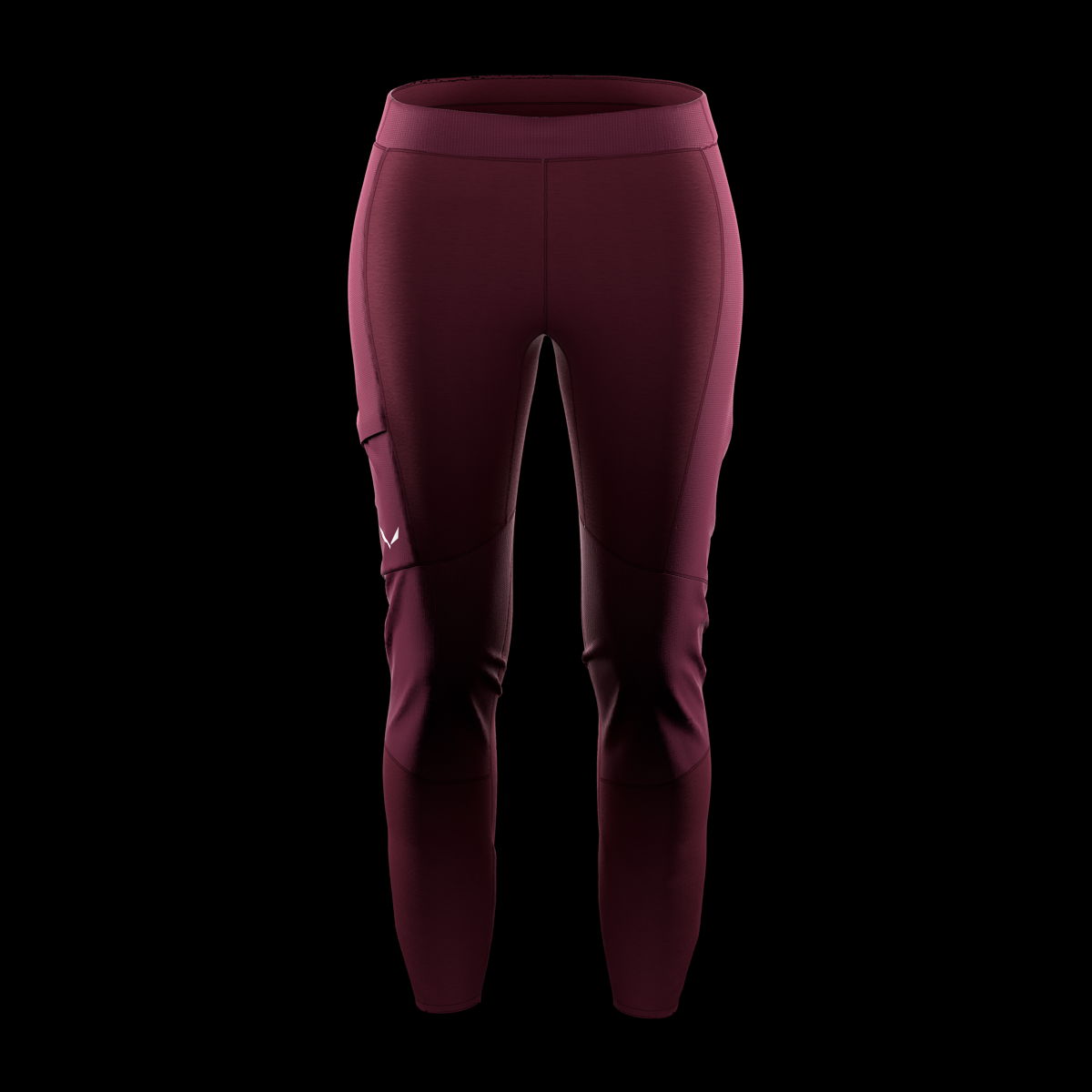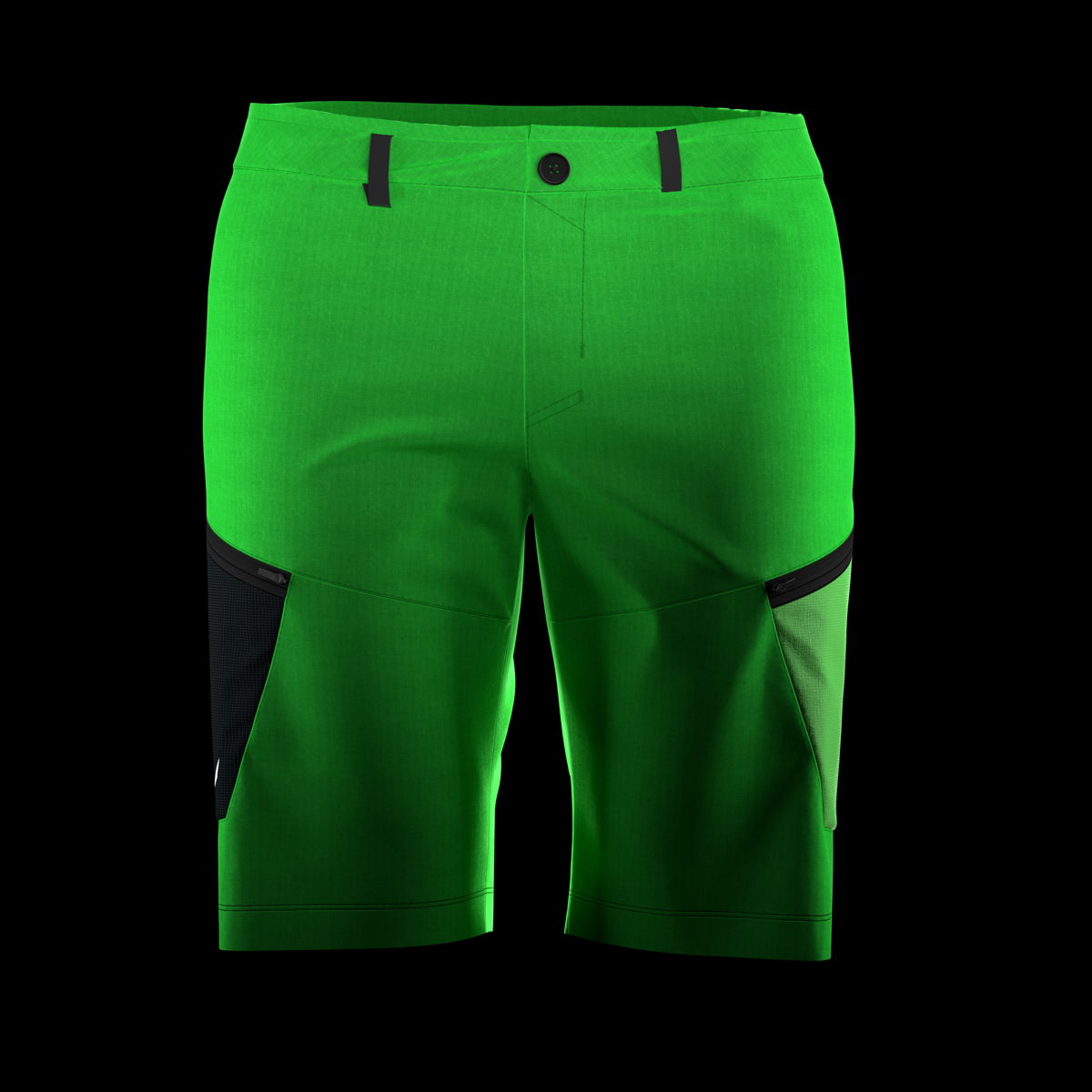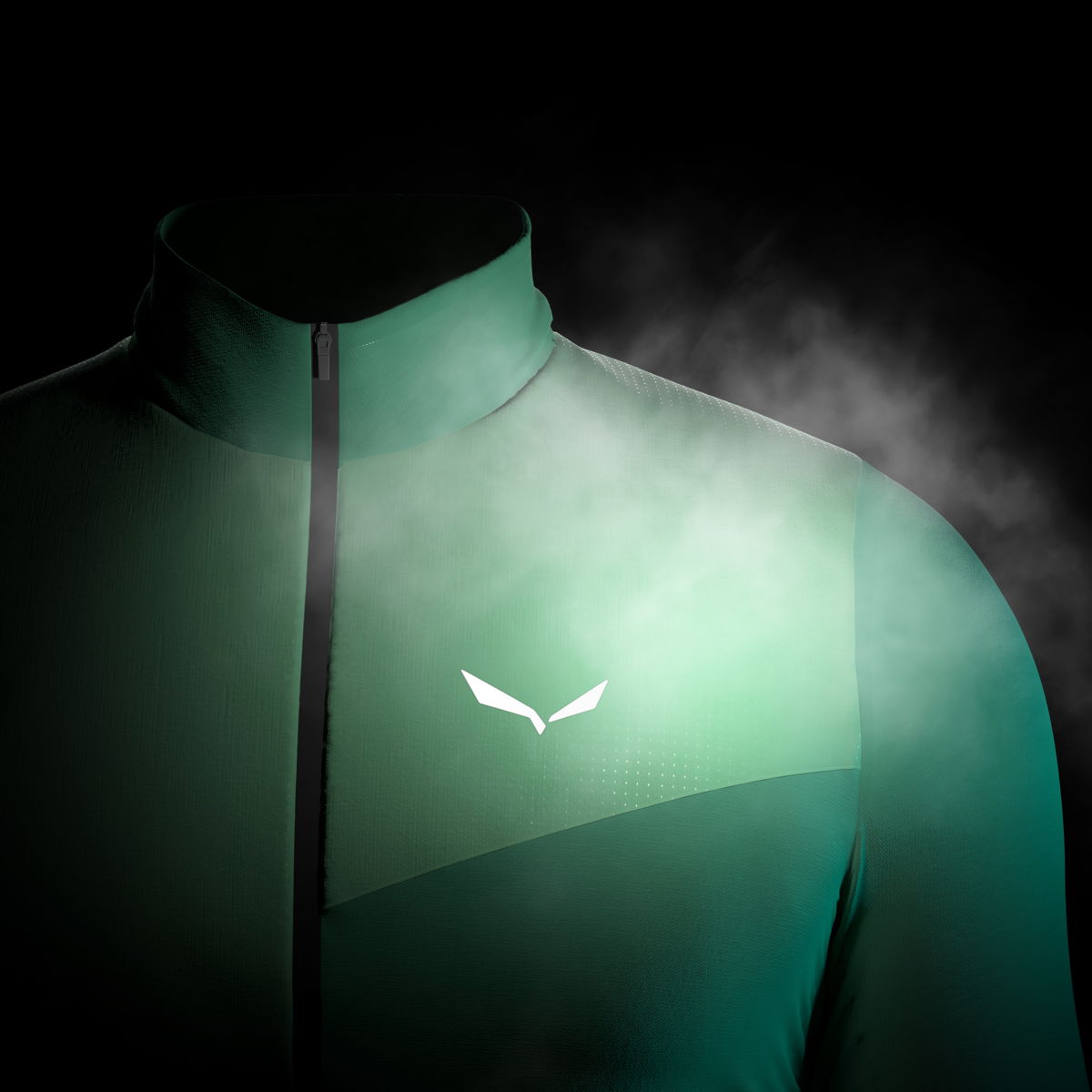Interview by Camilla Pizzini

Salewa and Alpine Hemp with Giulia Gamba, Product Manager Apparel
Hemp is a resistant, comfortable, thermoregulating, breathable and naturally antibacterial fibre with a fast growing cycle with low environmental impact.
It is not surprising that, thanks to technical and sustainability credentials, the use of this fibre has recently been rediscovered to make functional and innovative fabrics. For the 2021 summer season, Salewa presents Alpine Hemp, a new collection of clothing products developed around the engineering of textile hemp with recycled polyester yarns, organic cotton and elastane to create an exclusive range of ripstop and jersey fabrics. The collection, dedicated to climbers and mountaineers, includes thirteen new technical Train-to-Climb models, to follow climbing enthusiasts from the gym to the outings in the environment.
We interviewed Giulia Gamba, Product Manager Apparel at Salewa to ask her some questions about this material, how the idea of using it, developing it and much more came about.


Which products for next year make you most proud? Is there one in particular you’d like to talk about?
Definitely the Alpine Hemp collection. There’s not a particular garment I prefer, but being a bit biased I would say Alpine Hemp Tights. With this product we came to a great result between design, fit and comfort.
How did the idea of Alpine Hemp start? What made you choose this material and which of its characteristics made it more interesting for you?
At Salewa this is not the first time that we have used this type of fibre, because we had already introduced some products in this direction in 2016. The development of this collection started about 3 years ago and was long and critical. It was very important for our team to work closely with the supplier to develop a unique technology for us.
One of the goals was to develop a technology that was connected to the collections that already existed. A very interesting aspect was also the outdoor testing part, on rock, gym, rather than in everyday use. For example, one of the items we tested the most was the Alpine Hemp Cargo Shorts because we really wanted to understand and develop various aspects of the structure. Do we only use hemp fabric? Do we combine other proprietary Salewa technologies? We wanted to guarantee a garment with performance that would primarily satisfy the performance expectations of athletes and mountaineers. Feedback from our colleagues, athletes and mountain guides was crucial in this.
With Alpine Hemp we introduced a fibre that has both remarkable sustainability credentials and performance to meet the demands of our customers. The result in Alpine Hemp Cargo Shorts is a blend fabric, with hemp mixed with other fibers such as recycled polyester and elastane that guarantee freedom of movement but also sustainability. With this hybrid approach we have followed the language of our brand by combining innovation with tradition, getting the best from both sides. But our ultimate goal is to develop a 100% sustainable collection in all its small parts. The hemp fabric is only a part of the product, so we are trying to develop and optimize the garment in all its entirety: from the zip to the prints.


How did you use or do you intend to use this material? Have you already thought about interesting new applications for the next few years?
This is the first step. In the future we are thinking about using this fibre more and more. There is a lot of work by our research and development team to bring in the next collections new materials that can also be used in other product lines. We are also working to use this material not only as a fabric, but also as an eco-plastic, for example for buttons.
In terms of durability and resistance and then finally recycling how does it behave?
Hemp in itself is recyclable and as a brand we are trying more and more to guarantee durable and resistant products. in our plans there is the idea to support more and more a concept of circular economy by following different options, such as regenerating our used garments and giving them a second life through the sale in store. We want to go deeper with the use of hemp and make sure that it does not remain the novelty of a season but is developed to its full potential, with a long-term project that offers continuity to us, our retail partners and our end consumers.
How much more sustainable is it than other materials? In terms of production costs instead?
Using more sustainable materials increases the cost of production. and the final prices of the product. But we have seen that the first to accept this factor are our consumers, who have understood that sustainability has a cost. There is a willingness on the part of conscious mountain enthusiasts to pay more when they see that the company is transparent and shows openly what it produces and how. We don’t see this as a limit, but as a possibility.
Where does the hemp come from? Is it complex to maintain this kind of cultivation?
The fiber we currently use with our technology partner comes from China, where we have found the best quality of textile hemp. Italy was once one of the leading countries in the world for quality, but during the last century the cultivation of textile hemp in Europe and Italy has been substantially abandoned. Nowadays there is no longer a textile hemp culture in Europe, but our aim is precisely to bring this type of cultivation as close as possible, starting from our Alpine region, so we have started some test crops distributed throughout South Tyrol. Furthermore, in order to promote the development of this industry, 10% of the proceeds from this collection will be invested to support the start of local cultivation of this natural fibre and the regional production and manufacture of the products. In the long term we hope to achieve this goal and we are all very enthusiastic.

“We want to go deep with the use of hemp and ensure that it does not remain the novelty of a season but is developed to its full potential, with a long-term project that offers continuity to us, our retail partners and our end consumers”.
Share this Feature